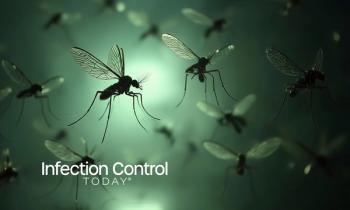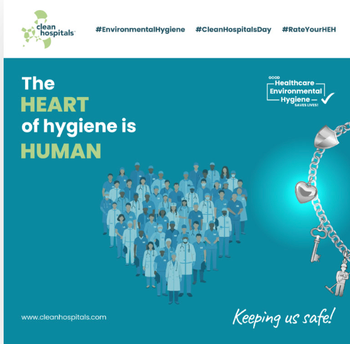
Long COVID-19 and New Variants: Sounding a Continuing Alarm
It is easy to become complacent, but the SARS-CoV-2 pandemic is not over, and long COVID-19 and the new variants are causing rising concern.
The news regarding the SARS-CoV-2 pandemic has been very concerning on 2 fronts. The first is the recent evidence regarding the immune-escape properties of the newly surging variants BA.4 and BA.5, and the second concerns the growing dangers of long COVID-19.
The potential for infection or reinfection or breakthrough infection with BA.4 and BA.5 is alarmingly high. Yes, this viewpoint is sounding an alarm. Two recent news articles from The
In addition, the BA.4 and BA.5 variants " In addition, the BA.4 and BA.5 variants may be the
Even as many of our policymakers have focused on deaths, long COVID-19 is continuing to take a toll on society by impacting multiple organ systems. Long COVID-19 has been found to
Even more concerning is the report that
- Beyond 30 days after the acute illness, the risk of death after a breakthrough infection is significantly decreased compared to an infection in an unvaccinated individual (HR= 0.66, or a 34% decrease in risk). However, there is a lesser effect on other delayed sequelae (HR = 0.85, or a 15% decrease in risk).
- Compared to non-infected controls, patients with breakthrough infections “exhibited increased risk of death and post-acute sequelae in the pulmonary and several extrapulmonary organ systems.” This was also observed in non-hospitalized patients.
- Compared to non-vaccinated SARS-CoV-2 patients, patients with breakthrough infections also showed a lower risk of death and post-acute sequelae. The risk reduction was more evident in hospitalized patients.
- But the burden of disease in those patients with breakthrough infections is not trivial. Vaccination only partially reduces risks and has the same range of long COVID-19 involving several organ systems “including cardiovascular, coagulation, and hematologic, gastrointestinal, kidney, mental health, metabolic, musculoskeletal, and neurologic disorders.”
But most concerning is that
All the studies regarding long COVID-19 have data acquisition periods before the BA.4 and BA.5 variant—a variant which may be even more problematic.
Thus, the world has a highly infectious variant, having an uncertain case fatality rate, but with overseas reports of increased hospitalizations. This, combined with disturbing new data on long COVID-19, dictates we need to be on the side of caution and maintain strong public health guidance, including the use of N95 masks along with improving ventilation in all indoor settings. Vaccinations, although weakening, are still advisable since they are low risk and may still make the difference between hospitalization and death and being treated at home. Medical professionals and infection preventionists (IPs) know how this virus spreads and how to mitigate its impact. Now, more than ever, it is important they maintain strong messaging which encourages the following of public health measures.
Newsletter
Stay prepared and protected with Infection Control Today's newsletter, delivering essential updates, best practices, and expert insights for infection preventionists.





